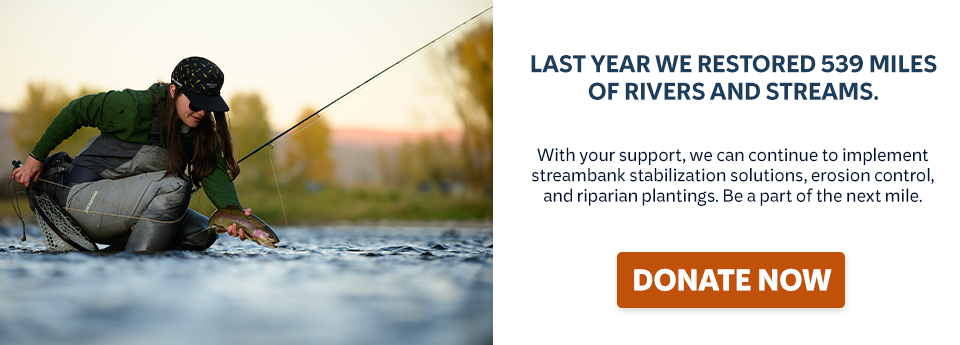Search results for “bear river watershed”

For the past twenty years Trout Unlimited has worked up and down the state to improve in-stream conditions for California’s salmon and steelhead. The tactics we have pioneered and implemented in this effort have proven consistently effective in helping recover salmonids.

By Amy Wolfe It’s hard to believe that just over 20 years ago I started working with Trout Unlimited in the Kettle Creek watershed in northcentral Pennsylvania. Back then I was hired as the Coordinator for TU’s third Home Rivers Initiative. Fast forward a couple decades and now I enjoy working with many of TU’s…
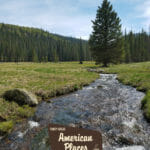
Region: Southwest/Southern RockiesActivity: FishingSpecies: Apache, rainbow and brown trout Where: The Black River courses through the two million-acre Apache-Sitgreaves National Forests and the San Carlos and Fort Apache reservations in the White Mountains of east-central Arizona. This is not the desert country that Arizona conjures up, but forested terrain criss-crossed with cold, clear-running streams and…
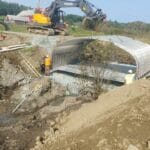
Childs Brook, a tributary of the Ammonoosuc River remains challenged by a series of barriers to fish migration on its path to the Connecticut River. However, a major stride for watershed connectivity has been established by recent completion of a culvert replacement project where West Bath Road crosses the stream. A priority list of culverts…

Thirty five years exploring the waters of Wyoming’s Carbon County as a fishing guide connected Jeff Streeter to the landscape of the region in a way few come to realize. After three decades of leading clients to fish on the Encampment and North Platte rivers, among others, Streeter was preparing to hang up the waders.…

By Jamie Vaughan Rockford – Parkside Elementary students are changing the way their school is impacting their neighboring trout stream. The past two years, Parkside fifth graders have been analyzing the health of Rum Creek, an important coldwater tributary to the Rogue River, and decided they wanted to improve the footprint of the school on…
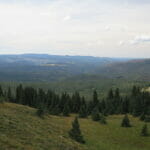
Mining proposal is another reason that New Mexico’s Pecos River needs protection
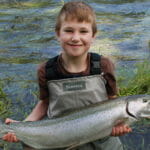
By Dean Finnerty Editor’s note: Steelhead management requires balancing of competing consumer demands, statutory requirements, science and politics. Hatchery steelhead weaken wild stocks, but help keep our fishing heritage alive. Where habitat conditions are favorable, we should manage for wild steelhead; where they aren’t, as in the upper Willamette between Dexter Dam and the Calapooia…
FOR IMMEDIATE RELEASE: January 29, 2014 Contact: Russ Schnitzer: (307) 438-1365 Steve Moyer: (703) 284-9406 Trout Unlimited applauds House passage of Farm Bill Conference Report WASHINGTON, D.C. Trout Unlimited congratulated the House today for voting to reauthorize the Farm Bill and helping to keep trout and salmon resource conservation efforts in place across the nation.…
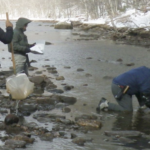
Members of TU’s Deerfield Watershed chapter work on their redd survey on their home river. The past year has seen TU staff and volunteers in Massachusetts engaged in a variety of efforts in the field. The Deerfield Watershed chapter had a big year in 2018, particularly with their efforts with a sapwning study in the Deerfield…

The Russian River watershed, north of San Francisco, is the focus of an intensive, multi-year effort to recover coho salmon – now one of the rarest native fish species in California.
Contact:Russ Schnitzer, Trout Unlimited, (307) 438-1365Steve Moyer, Trout Unlimited, (703) 284-9406 FOR IMMEDIATE RELEASE: Trout Unlimited applauds passage of Senate Agriculture Committee’s Farm Bill WASHINGTON, D.C. Trout Unlimited commends the Senate Agriculture Committee for voting to reauthorize the Farm Bill and help keep trout and salmon resource conservation efforts in place across the nation. The…
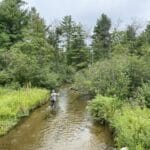
A nearly decades-long partnership for watershed restoration in Newaygo County is getting a boost.
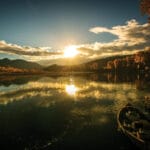
Millions pour into western Montana to reconnect the watershed and restore endangered bull trout populations

Outdoor education shouldn’t be a privilege of only rural schools. At Trout Unlimited, we believe all students should have access to high quality outdoor learning and we’re putting this belief to practice in Grand Rapids Public Schools. This spring, Trout Unlimited has partnered up with after-school programs in two Grand Rapids city schools, Martin Luther King Jr. Leadership…
FOR IMMEDIATE RELEASEContact: Erin Mooney, (703) 284-9408, TU National Press Secretary TU Purgatoire River Anglers Chapter Receives $5,000 Grant to Restore Purgatoire River Trinidad, Colo.– Trout Unlimited (TU), the nation’s oldest and largest coldwater fisheries conservation organization, today awarded a $5,000 Embrace-A-Stream grant to its Purgatoire River Anglers Chapter in Trinidad, Colorado. The chapter is…
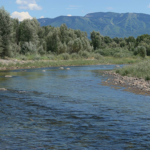
More water in Colorado’s Yampa River, thanks in part to TU. Photo courtesy of The Steamboat Pilot. One of Trout Unlimited’s strengths across the board—from its volunteers on the ground in their home waters to its policy staff working the halls of government—is its ability collaborate to solve the challenges faced by trout and salmon…
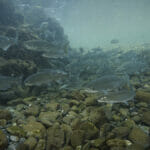
As the largest river restoration effort in history moves forward, Oregon and California plan for fish reintroduction and monitoring
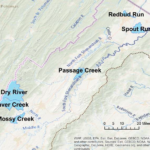
By Jake Lemon Trout Unlimited is seeking volunteers to help with a program to monitor stream temperatures in the headwaters of the Shenandoah River. TU recently received a $10,000 grant from Virginia Environmental Endowments to engage citizen scientists in the study, which will be conducted in partnership with the U.S. Geological Survey. This study will…
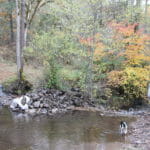
Krumweide point-of-diversion, Salt Creek, Rogue River watershed, Oregon. Photo Brian Barr/RRWC By Chrysten Lambert Southern Oregon is an angler’s paradise. Here, we are blessed with multiple species of game fish—native redband trout, steelhead and salmon primary among them. As in many other parts of the West, many of these species—particularly those that require cold water…


